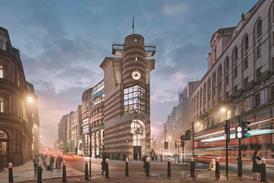- Home
- Intelligence for Architects
- Subscribe
- Jobs
- Events

2025 events calendar Explore now 
Keep up to date
Find out more
- Programmes
- CPD
- More from navigation items
Design codes and national standards would improve housing design, say planners

But survey finds design ‘not most important factor’ in defeating Nimbyism
Nearly 90% of planners would like the government to do more to promote the use of design codes and style guides in housing, a survey has found.
They also want to have more influence themselves on the design of housing in their districts, according to the poll by the RTPI.
Design codes and more national consistency in standards would improve the quality of housing and make new developments more acceptable to the public, respondents said.
…
This content is available to registered users | Already registered?Login here
You are not currently logged in.
To continue reading this story, sign up for free guest access
Existing Subscriber? LOGIN
REGISTER for free access on selected stories and sign up for email alerts. You get:
- Up to the minute architecture news from around the UK
- Breaking, daily and weekly e-newsletters
Subscribe to Building Design and you will benefit from:

- Unlimited news
- Reviews of the latest buildings from all corners of the world
- Technical studies
- Full access to all our online archives
- PLUS you will receive a digital copy of WA100 worth over £45
Subscribe now for unlimited access.






